Following up on an email request can be a challenging task. You want to ensure that you are not being pushy or annoying while also ensuring that you get the response you need.
In this article, you'll discover tips on writing a polite follow-up email sample for a request, when to send it better, and how to avoid common mistakes. We also prepared design examples and follow-up email samples to speed up the process.
What to do before sending follow-up emails for a request
Before sending out the initial outreach email, make sure you write the email message correctly. Otherwise, no great follow-up email can do you any good.
Here are some steps and quick tips to follow when writing an email requesting something:
1. Start with a clear subject line
A good subject line should briefly indicate the purpose of your email and motivate a recipient to open your message immediately.
2. Address the appropriate person
Begin with a polite greeting, such as "Dear [Name]" or "Hello [Name]."
3. Introduce yourself and specify the purpose of the email
Explain who you are and why you are writing to the recipient. Keep this part of your email brief yet informative.
4. Provide context
If necessary, give some background information or context that will help the recipient understand the purpose of your polite request, or use a strong specific pain point to get into the recipient's memory.
5. Make a clear request and add a call to action
Accurately state what you are asking for, and be specific about what you need. If appropriate, add a call to action button to ease up the process of finding needed details for a recipient.
6. Explain why your email is important
Write why your request is important and how it will benefit the recipient or other parties involved.
7. Provide additional information
If necessary, provide details that will help the recipient/potential customer understand your request or make a decision.
8. End the email politely
Thank the recipient for their time, and close with a polite sign-off and email signature such as "Best regards" or "Kind regards."
9. Include your contact information
Add an email signature with your contact information, like a phone number, websites, or links to social media accounts, in case the recipient needs to contact you and continue a conversation.
10. Proofread
Before sending the email, proofread it to ensure there are no errors and the tone is professional and polite. Most sales professionals take the initial email very seriously.
Be one step ahead of your competitors — prepare a follow-up email strategy and the first outreach email.
Writing a polite follow-up email and a clear subject line
Now you can send the initial email and wait 2-3 days before sending the follow-ups.
Writing follow-up emails can be stressful: you don't know the reasons for the low response rate of the initial email and whether you should send only one follow-up message or a couple of them. You don't want to be pushy (people are busy, and we all forget things), but you still need to fulfill your goals.
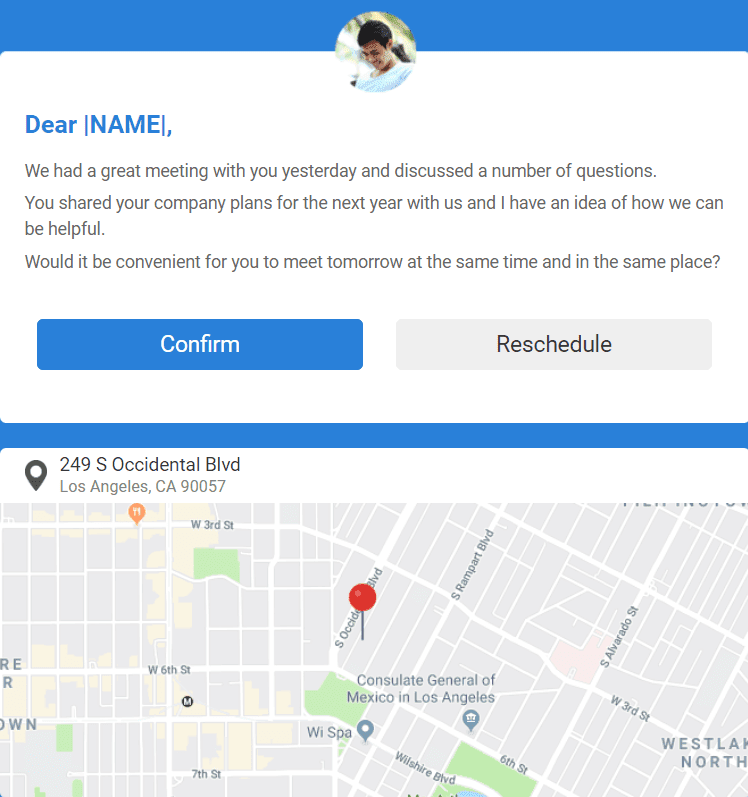
In any case, at least one follow-up email will increase the chance of restarting the dialogue and getting the necessary information.
Here are some tips on how to write a follow-up email with a request and build an effective follow-up strategy.
1. Pick the right time for follow-up emails
Avoid delaying the follow-ups for more than ten days. Write a follow-up reminder within three days of the initial outreach email. A longer wait increases the receiver's likelihood of forgetting about your first email.
-
suppose you have sent an initial request and have not received a response within a reasonable timeframe (1-3 days). In that case, sending a follow-up email to remind the recipient about the request and ask for an update or a straightforward call may be appropriate;
-
if you have received a response to your initial request, but the recipient has not taken the necessary action or provided the information you need, you can send a follow-up email to ask for clarification or a status update the same day;
-
if you request a quick call, sending a follow-up email 24 hours before a meeting may be appropriate to confirm the agreed meeting details or remind the recipient about the meeting;
-
suppose you are following up on a job application or proposal submission. Then, it would be better for you to send a follow-up email after a week or two to ask about the status of your application or proposal since the recruiting process takes at least a week.
2. Start with a friendly quick reminder
Polite follow-up emails should be started with friendly reminders to the recipient of your previous email. Keep the tone polite and professional. Remind them what a great meeting or chat you had to recall the moment.
3. Provide context for a polite follow-up email
If the recipient has not responded to your previous email, explain why your request is important and how it relates to their work, goals, or product.
Do not copy-paste from the first email! A recipient might've read that email but forgot to reply. Seeing the same text twice won't help them decide on your request.
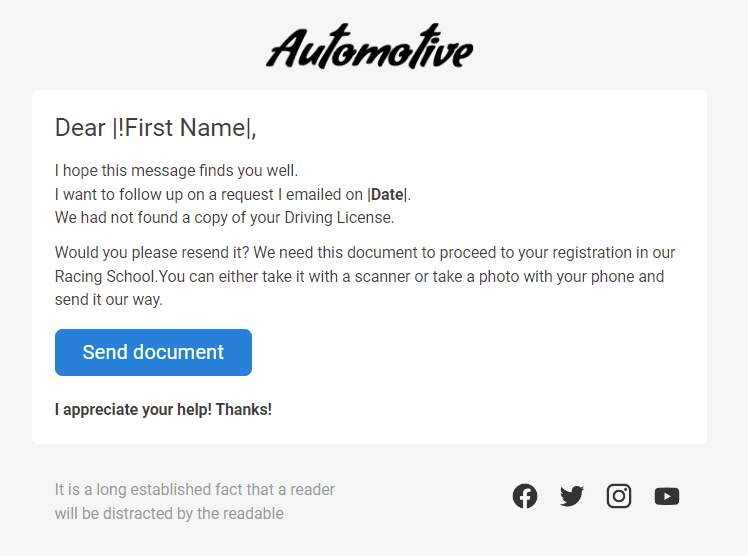
4. Ask for an update
Ask the recipient if they have had a chance to consider your request and provide an update on whether or not they can fulfill it. This shows that you respect their time and give them a chance to respond.
5. Provide a deadline
If your request is time-sensitive, explain to your recipient when you need a response to your email. This can help ensure your request is prioritized and not lost in the recipient's inbox.
6. Be specific
Clearly describe what you are asking for and what you need from the recipient in the follow-up emails. This can help avoid confusion and ensure you are both on the same page and have a productive conversation. Add a call to action and social proof if needed and appropriate.
7. Keep it brief
Keep your follow-ups short and to the point. Avoid rambling or including unnecessary information that can make your follow-up email hard to read and understand. Deliver your message quickly and directly without being pushy.
8. Stay polite and friendly
Thank the recipient for their time. This shows that you appreciate their efforts and respect their decision, whatever it may be. A polite follow-up email obviously can not be demanding, aggressive, or disrespectful in any other way.
If you still haven't received a response after your follow-up email, you can politely follow up again in 2-3 days.
If people don't respond for the third time, you can either send a final email or switch to another prospect. Nobody is insured from getting ignored, so stay motivated and keep working.
9. Make a clear subject line with pain points
As for a subject line, the rules are simple: be concise and clear, include a deadline if there's any, use a polite tone, no aggressive words, and tons of exclamation marks.
For your inspiration, we've added a few email subject line examples:
-
Follow-up on [Request] — [Deadline].
-
Request for [Item/Information] — Follow-up.
-
Checking in on [Request] — Any update?
-
Reminder: [Request] — [Deadline] approaching.
-
Following up on [Request] — I am full of hope for your support.
-
Follow-ups on the overdue invoice — tomorrow is the last day to pay without a fee.
Utilize this advice for your follow-up email to get people to respond to you. If you require more info on email open rates, best send time, and personalization, check our "Email marketing performance" whitepaper.
Polite follow-up email templates and design tips
Let's look at some tips on designing a follow-up email for a request.
1. Use a professional email template
A ready-made follow-up email template can help ensure your email looks neat and appealing. Stripo offers numerous follow-up email templates for different scenarios, so you can customize them as needed and send them out. You can pick the best follow-up email template and customize it according to your business objectives. Use marketing automation software to send your follow-ups to save your time and effort.
2. Keep the follow-up email design simple
Too many graphics or images in your email may distract recipients from your main message. Choosing your branded color scheme and including your company's logo will help you deliver your message and maintain brand consistency.
3. Use a clear and legible font
Use legible fonts of a size bigger than 12pt. Avoid using cursive fonts, as these can be harder to read. With Stripo, you can check if the chosen font looks nice on mobile and desktop and if the call to action button is visible to double-check and avoid failure.
4. Break up the text to make it look more structured
Write a follow-up email using bullet points, numbered lists, or short paragraphs to break up the text and make it easier to read, as readers tend to skip unformatted text emails.
6 polite follow-up email samples with gentle reminders
As promised, we added six follow-up email samples and subject lines that you can modify to suit your needs.
1. A follow-up email after the initial message
Email subject line:
Follow-up on request for [Item/Information]
Email body:
Dear [Recipient’s Name],
I hope this email finds you well. I'm following up on my previous email on [Date]. I requested [Item/Information] from you and was wondering if there is any update on this request.
Please let me know if you need any further information from me. I appreciate your time and consideration.
Thank you.
Best regards,
[Your Name]
2. A follow-up email with a deadline reminder
Email subject line:
Reminder: Request for [Item/Information] — [Deadline]
Email body:
Dear [Recipient’s Name],
I hope this email finds you well. I'm reminding you of my previous request for [Item/Information] sent on [Date]. As for my previous email, I would appreciate it if you could provide this information by [Deadline].
Please let me know if you need any further information from me. I appreciate your time and consideration.
Thank you.
Best regards,
[Your Name]
3. A follow-up email after no response
Email subject line:
Follow-up regarding [Previous Topic]: are you available for a quick chat?
Email body:
Dear [Recipient’s Name],
I hope this email finds you well. I emailed you on [Date] requesting [Item/Information]. Unfortunately, I have not received a response from you yet.
I understand you may be busy, but this information is important. Please let me know if there is any update on my request. I would be grateful.
Thank you for your time.
Best regards,
[Your Name]
4. A follow-up email after promised response
Email subject line:
Follow-Up: Requesting an update on [Promised Response]
Email body:
Dear [Recipient’s Name],
I had previously requested [Item/Information] from you on [Date], and you had promised to provide me with this information by [Date]. However, I have not yet received any response from you.
I understand that things may arise, but this information is crucial. Please let me know if there is any update on my request.
Thank you for your time.
Best regards,
[Your Name]
5. A follow-up email with an alternative request
Email subject line:
Follow-up request: Alternative options for moving forward
Email body:
Dear [Recipient’s Name],
I hope this email finds you well. I had previously requested [Item/Information] from you on [Date], but unfortunately, I have not yet received a response.
If you are unable to provide me with this information, could you please let me know if there is an alternative option? I would appreciate any help you can provide.
Thank you for your time and consideration.
Best regards,
[Your Name]
6. A polite follow-up email after a networking event
Email subject line:
Thank you for connecting at the [Event Name]!
Email body:
Dear [Name],
I wanted to follow up with you after the [Event name] networking event we attended last [Day/Date]. It was great meeting you and discussing our shared interests in [Topic discussed].
I want to discuss the possibility of setting up a meeting to explore potential collaborations and learn more about your work in this field. I believe a meeting could benefit both of us and allow us to exchange ideas and expertise.
Please let me know if you can meet in the coming weeks. I am flexible with timing and can accommodate your schedule. If any particular dates or time slots work best for you, please feel free to suggest them.
Thank you for your time, and I look forward to hearing back from you.
Best regards,
[Your Name]
Write follow-up emails with personalized messages for each person. In this way, a call to action will work better, and recipients will see that you are a professional who really cares about your work.
Wrapping up
Preparing a subject line and a text for a follow-up email with a request requires a balance between being respectful and assertive. By following these tips, you can write a follow-up email more efficiently and increase your chances of getting a response.
Remember to keep your tone polite, be specific about your request, and provide a deadline if necessary.




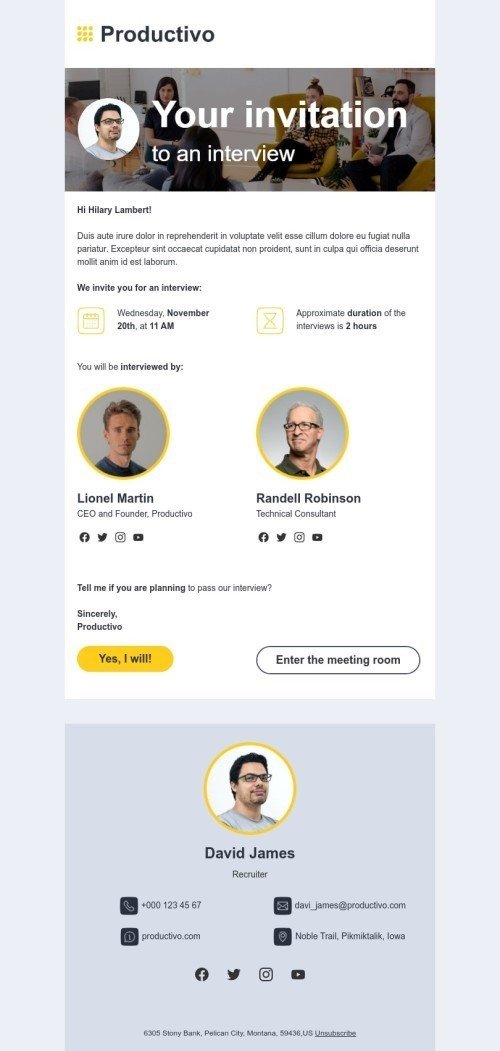

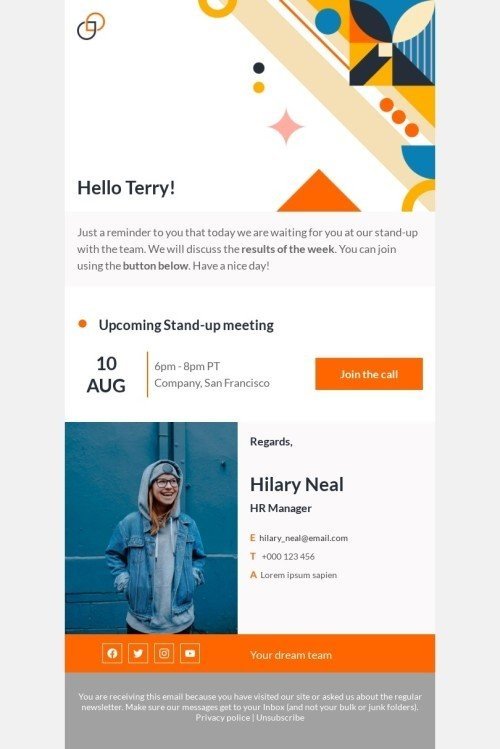
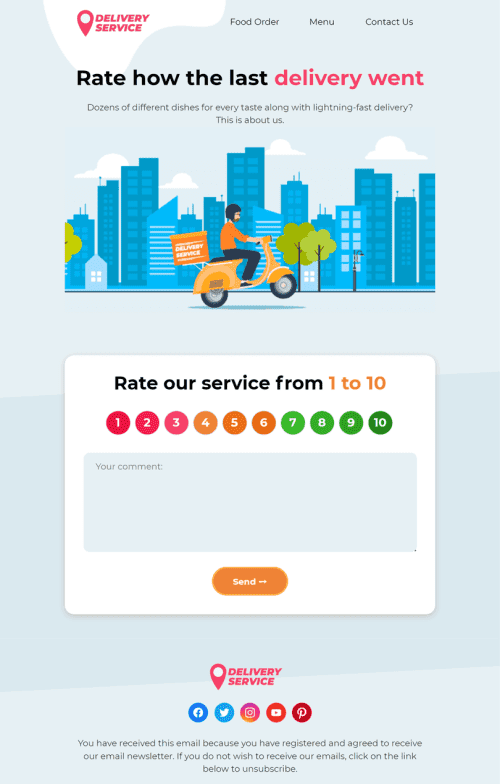
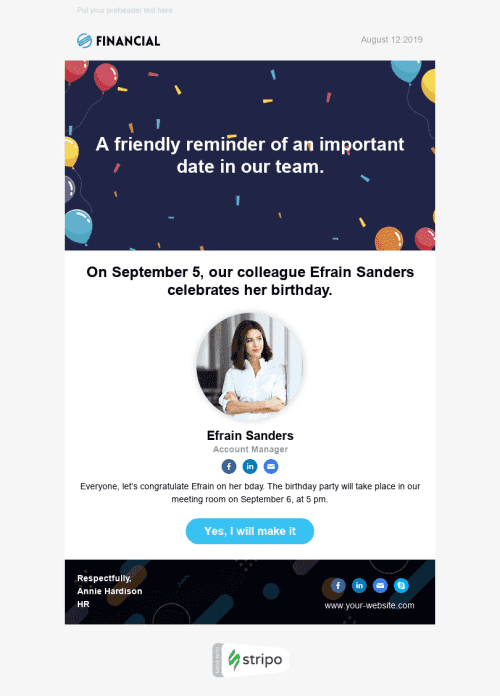
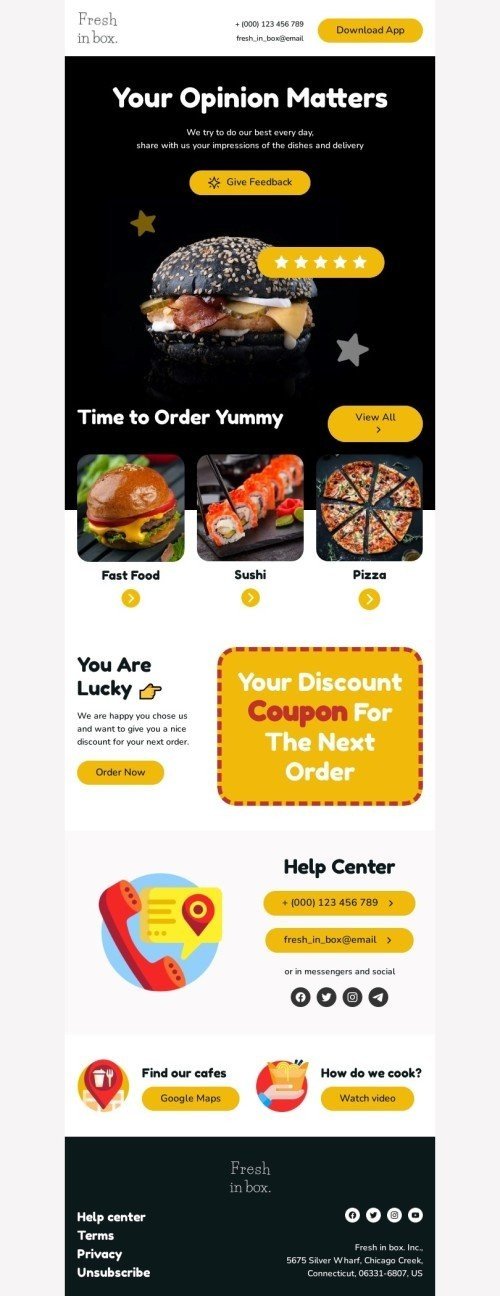
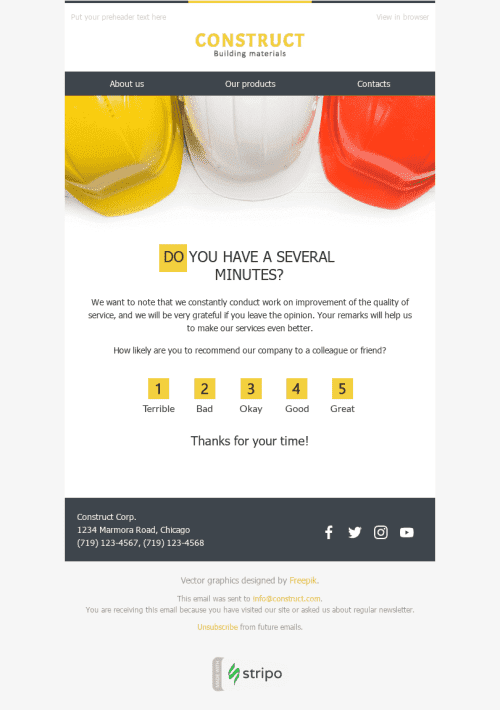

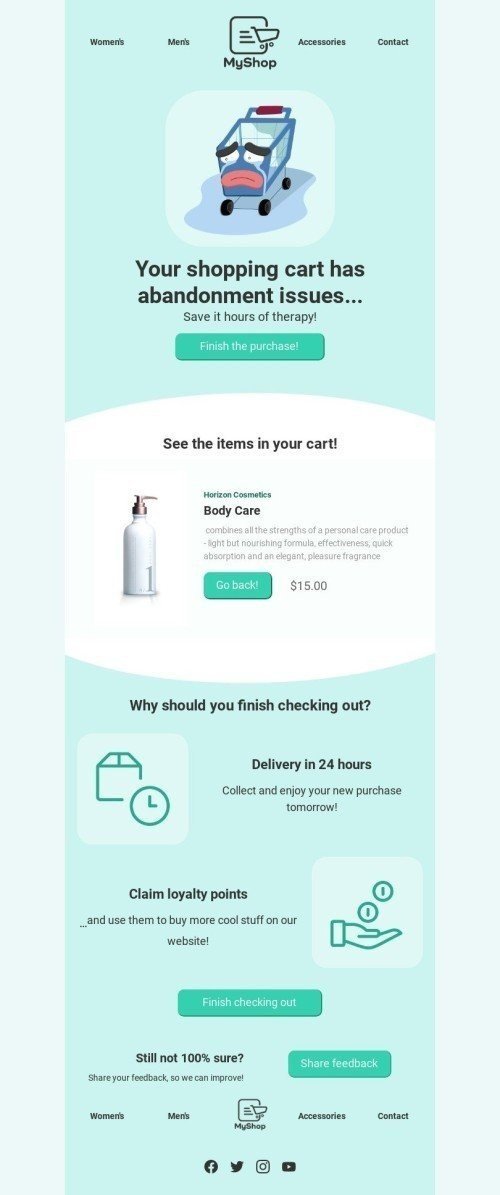
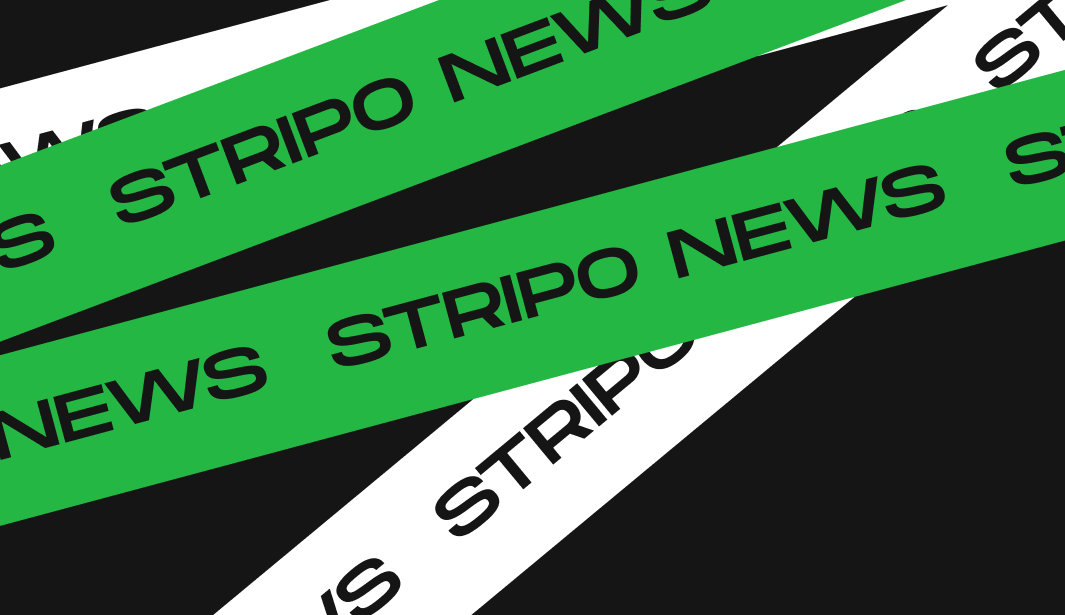
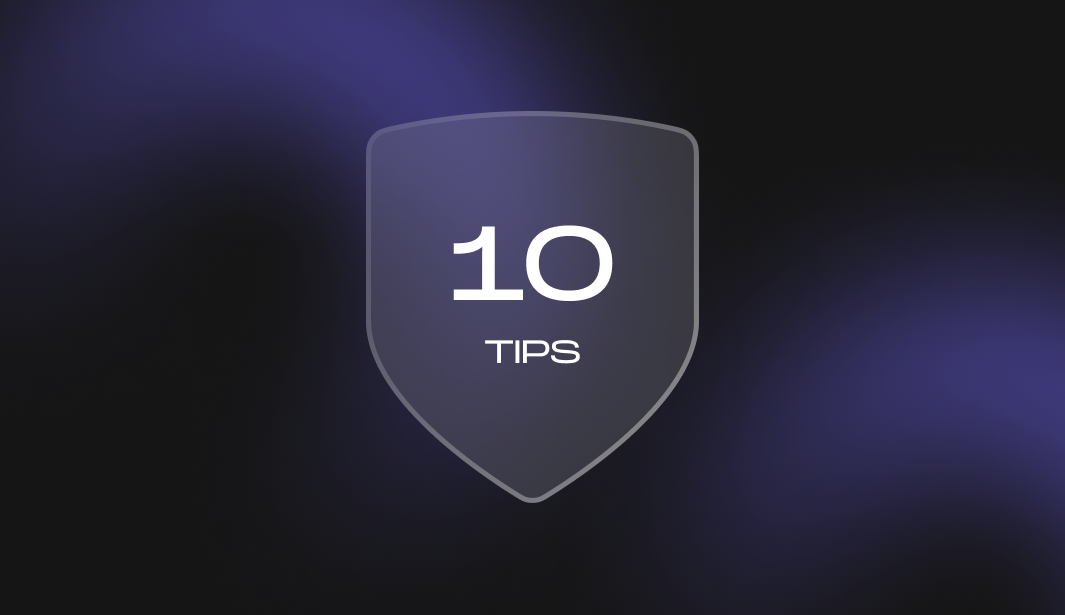

0 comments